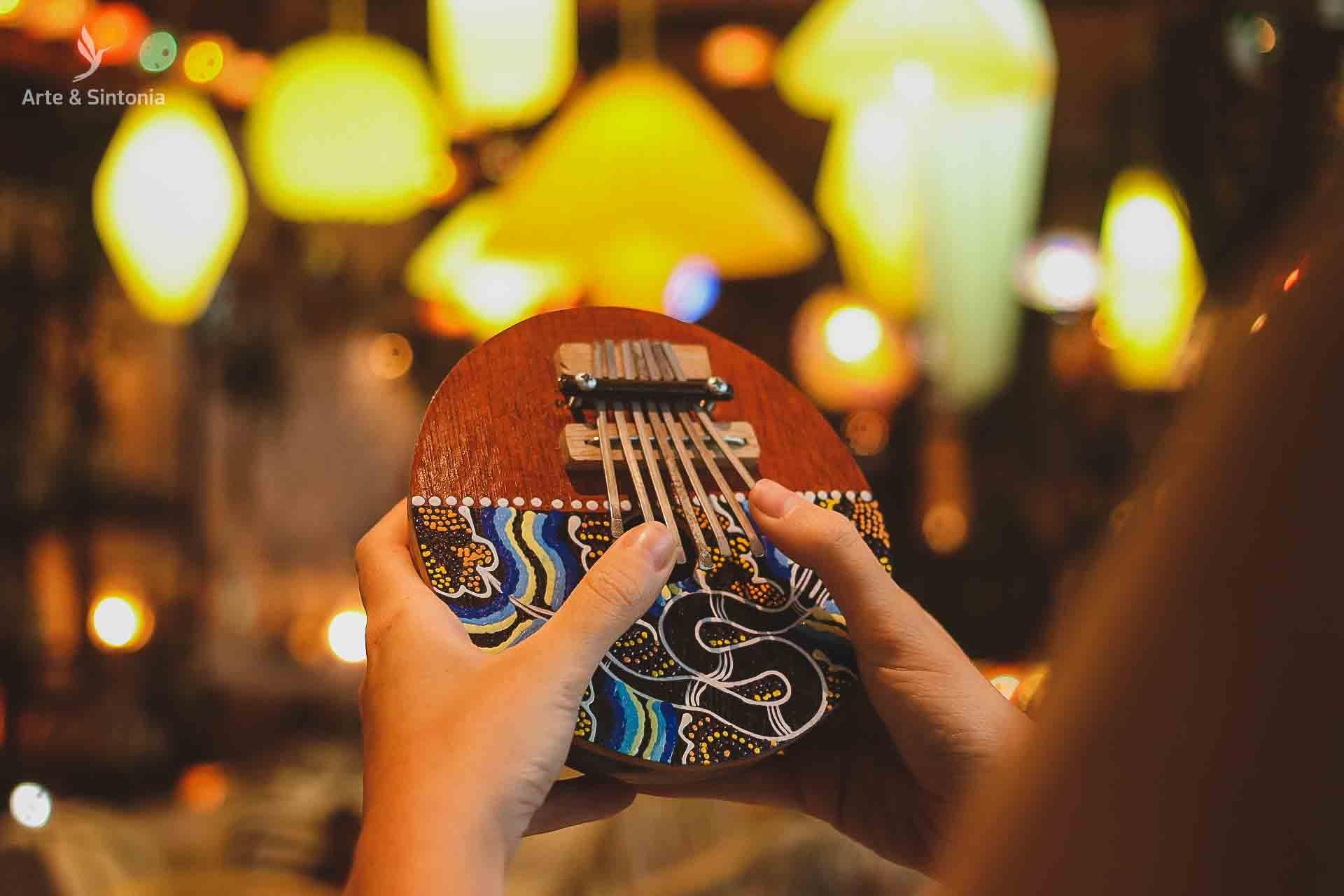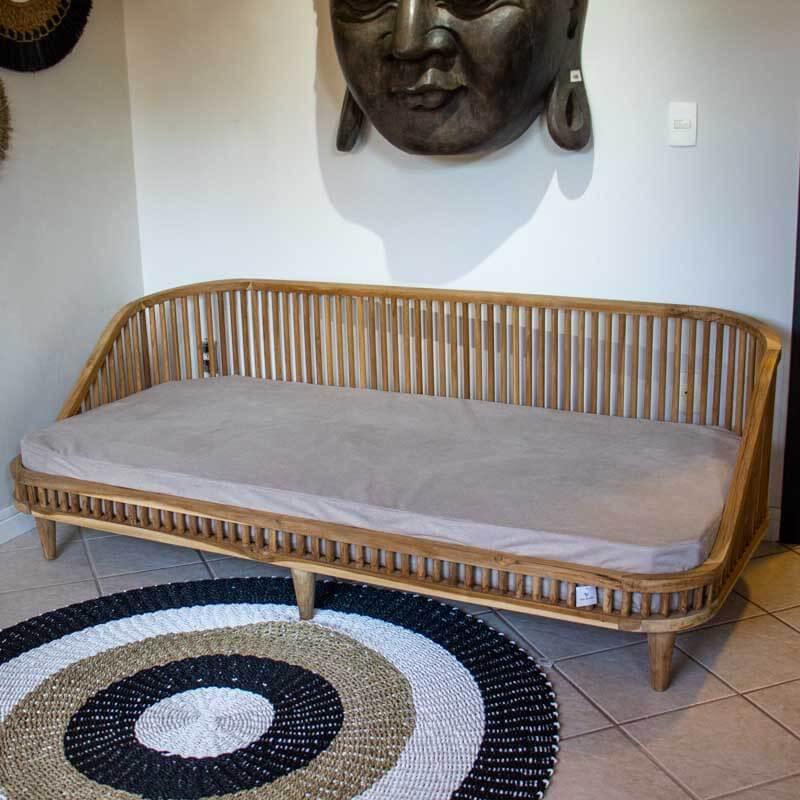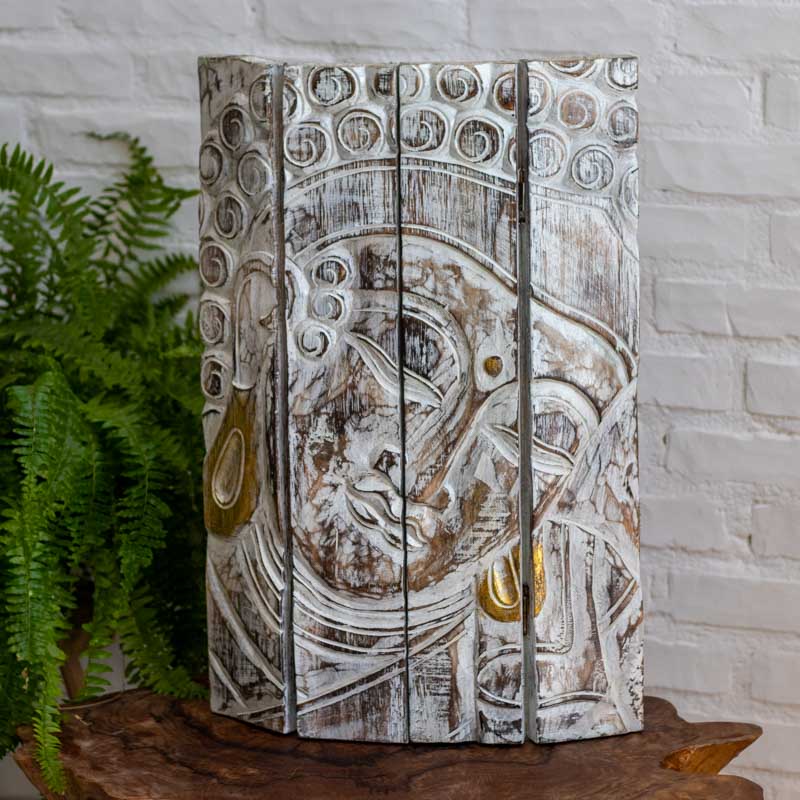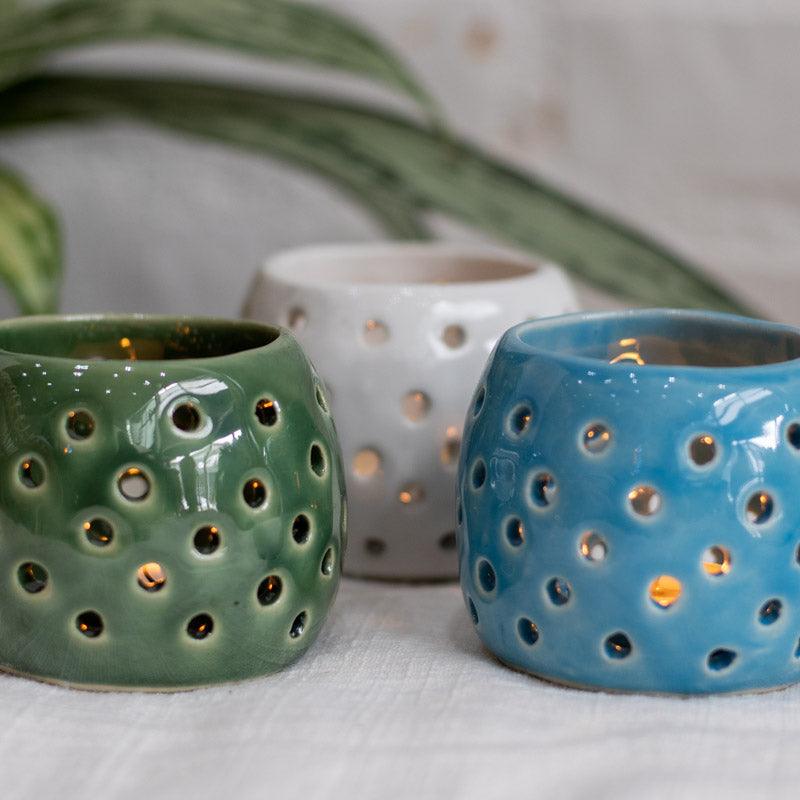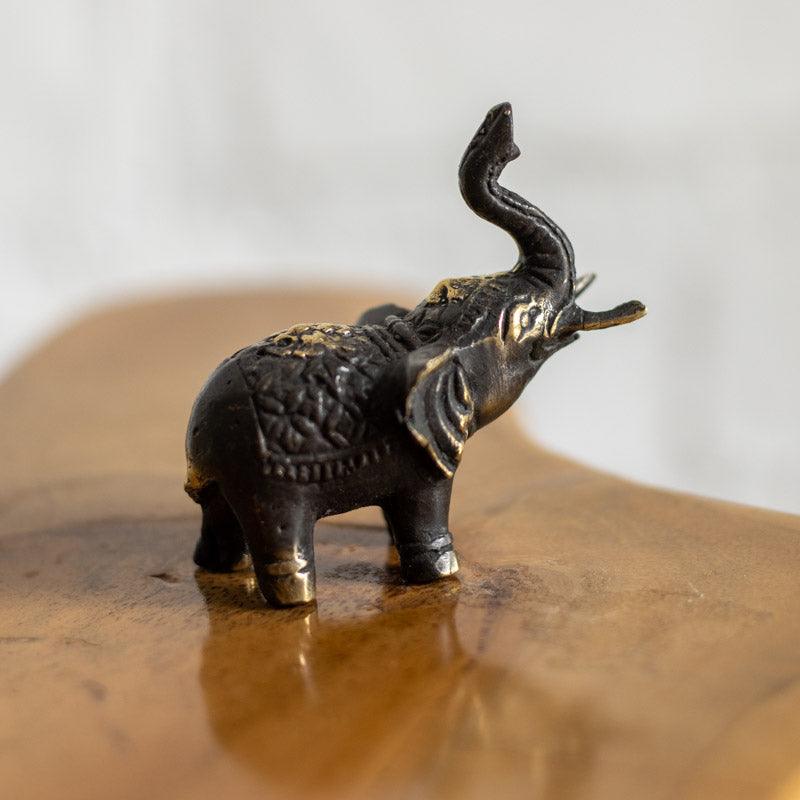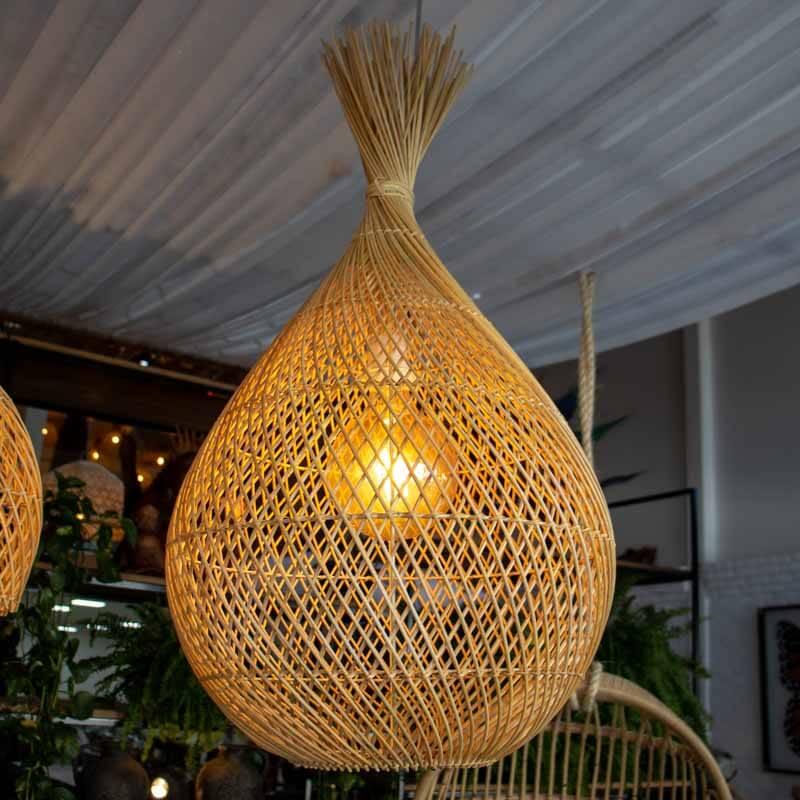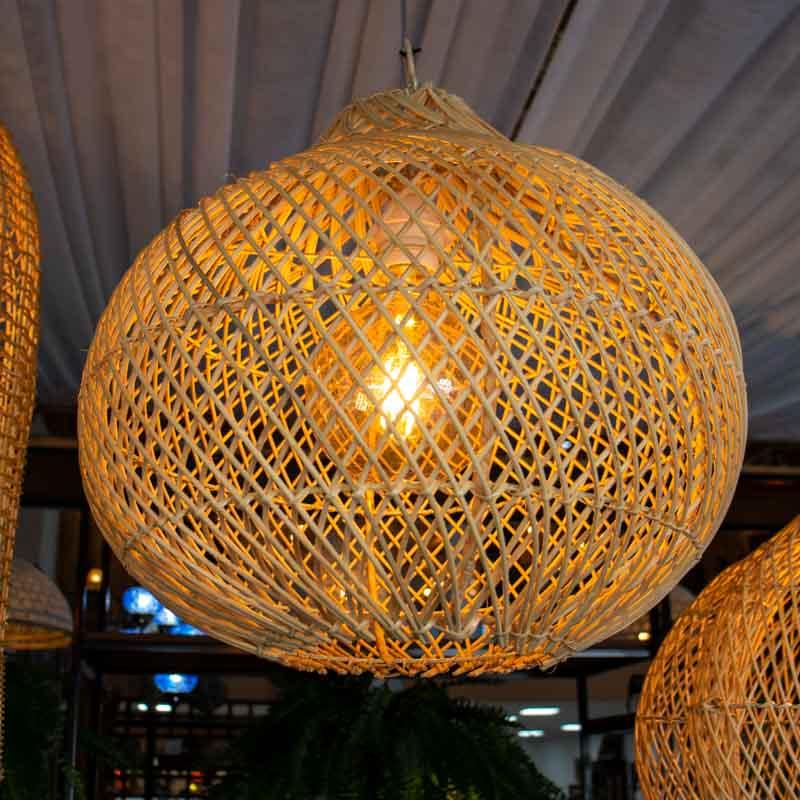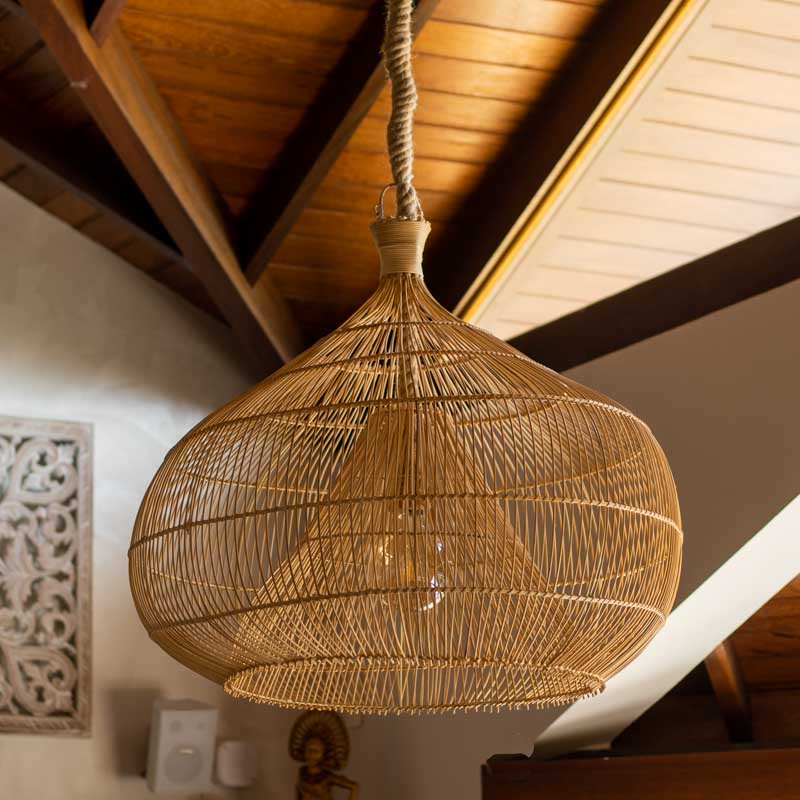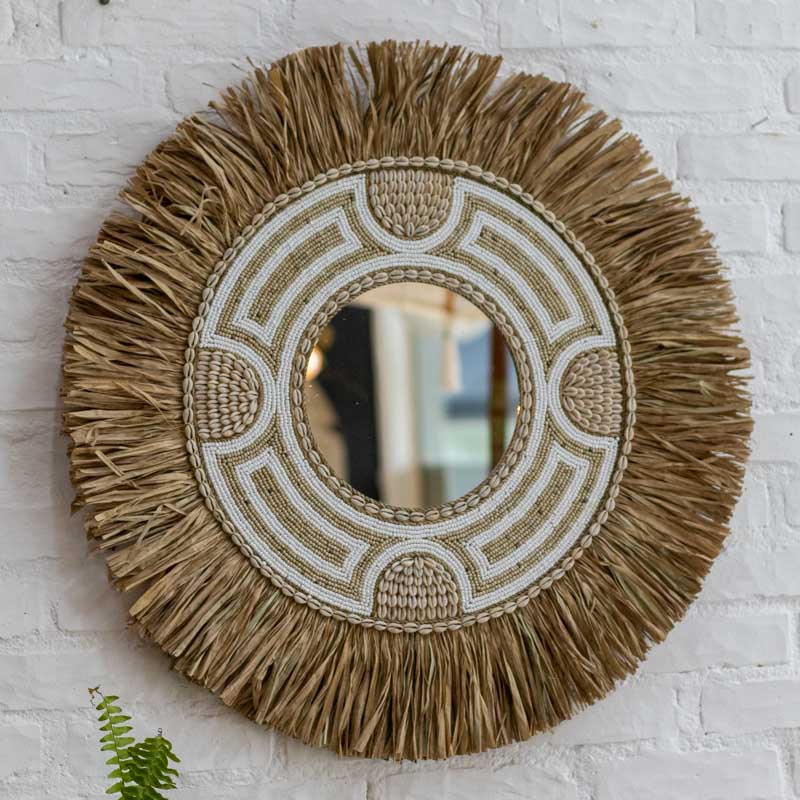The Arte & Tune essence believes in spirituality manifested in everyday life . In addition to moments of prayer and meditation, we see spiritual development as a part of our daily lives . From our interactions with the collective to small acts that are often taken for granted. Spirituality also manifests itself in our relationship with nature and in the way we express our creativity .
Living is a spiritual experience and every activity is a ritual . A representation of how the spiritual plane is deeply connected to the earthly plane is the "OM" mantra that vibrates at the frequency of 432Hz and is found in any manifestation of nature. Therefore, from a therapeutic perspective, it is concluded that the pronunciation of this mantra provides relaxation and a calming effect .
Understanding the spiritual richness of rhythmic vibrations , it is noted that music serves as a channel for the expression of our emotional and spiritual energy . Listening and making music we can untie knots of anguish and also celebrate moments of joy. Whether in the individual or collective scope, since the dawn of humanity we have musicalized rites, cults and other spiritual activities. Musicalizing feelings and emanating them to the spirit are ancestral rituals . Discover some musical instruments that accompany humanity in its rituals since the most remote times.
Didgeridoo and its therapeutic benefits

According to researchers and historians, this is the oldest musical instrument in the world. Archaeological studies based on cave paintings indicate that the aboriginal people of the Kakadu region already used it for about 1500 years. The Didgeridoo or Yidaki , as it is also known, is an aerophane , a wind instrument where the sound is caused by the vibration of the air and has Australian origin . It is made from wood from the trunk of the eucalyptus tree and sometimes, for its construction, native species of bamboo can also be used.
Evidencing the ancestry of the aboriginal culture and the transcendental power of its wind musical instruments , this instrument also has health benefits . The scientific article "Using the Didgeridoo for Anxious People" written by university students of the Naturalogy course at Universidade Anhembi in 2008, proved several therapeutic properties in the use of the Didgeridoo . Including from improving breathing and combating smoking to reducing anxiety symptoms. At the Arte & Tune online store you will find this ancestral instrument in a spiral and handcrafted with ethnic painting by craftsmen from Bali . With a rustic structure and ethnic style , in addition to producing magical sound vibrations, the Didgeridoo also makes up beautiful decorative environments .
The African origin of Kalimba

With a melody considered sacred and of African origin, specifically from the southern region of Zimbabwe , the Kalimba is an instrument that, according to ancestral wisdom , is considered a divine gift . With relaxing sound , your notes awaken spirituality .
Also known as Mbira or Quissange , it belongs to the family of lamellophones , which are instruments made up of lamellae that, from their vibrations, produce sound. Our Kalimbas have hand-painted decorations by Balinese craftsmen . Handcrafted from wood and coconut, they show characteristics of Balinese art .
Djembe and its ancestral vibe

Originally from Guinea , West Africa, the Djembe is a drum made of goat skin stretched over a wooden body in the shape of a chalice, with a wider upper part. Originating from the Mandigo , Bambara and Melinke cultures, the creation of this instrument dates back to the 12th century , in the Mali Empire . Its percussion has a serious and intense sound, capable of rescuing ancestry . The ornamental mystique of this instrument offers us not only good music but also visually, and may contain beautiful decorative adornments. Multifaceted, the Djembe is present in various musical rhythms and is also used in various ritualistic practices .
Tibetan bowl in Zen practice
Known as the Tibetan Bowl or Orin Bell , this Zen Art has Asian origins . Our Tibetan Bowls are handcrafted in India , a country where the metallurgical tradition dates back more than 5000 years. Made from an alloy of four metals that determine their sound intensity. Used mainly in moments of relaxation , Buddhist rituals , Yoga and/or other spiritual practices.
Recognized for its healing role through sound and with profound therapeutic potential , the Orin Bell is able to relieve tension and stress. Its size may vary, according to the diameter. Smaller bowls produce more delicate, high-pitched sounds, while larger bowls produce stronger, low-pitched sounds.
Namaste!
Victory Michels - Art & Tune


